Fall Prevention Awareness Month: 10 Tips to Prevent Falls
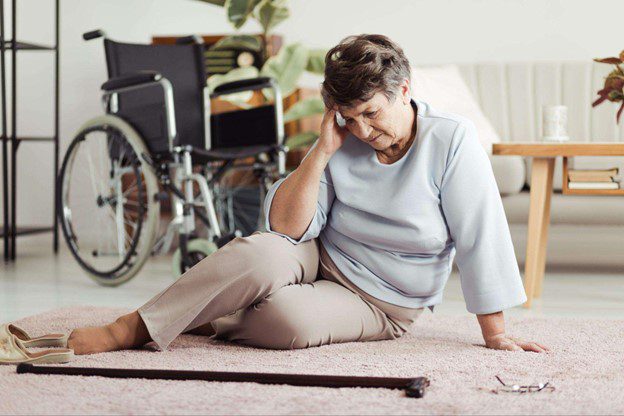
As the leaves begin to change and the crisp autumn air sets in, we also welcome Fall Prevention Month—a time to raise awareness about the importance of preventing falls, especially among older adults. While fall prevention should be a year-round concern, this dedicated month serves as a timely reminder to take proactive steps to safeguard ourselves and our loved ones.
Falls can happen to anyone, but they pose a particular risk to older individuals. According to the Centers for Disease Control and Prevention (CDC), millions of Americans aged 65 and older fall each year, resulting in injuries that can have a profound impact on their health and independence. The good news is that many falls are preventable, and by adopting simple yet effective strategies, we can significantly reduce the risk of falls.
In this blog, we will explore ten invaluable tips to prevent falls during Fall Prevention Month and beyond. These tips are designed to empower individuals, caregivers, and communities to take proactive measures to create safer environments, promote healthier lifestyles, and reduce the risk of falls. Whether you’re an older adult, a caregiver, or someone passionate about raising awareness, these tips will provide you with practical guidance to step into safety and make fall prevention a top priority. Let’s embark on this journey together and embrace a safer and more secure future during Fall Prevention Month and beyond.
Tip #1: Maintain an Active Lifestyle
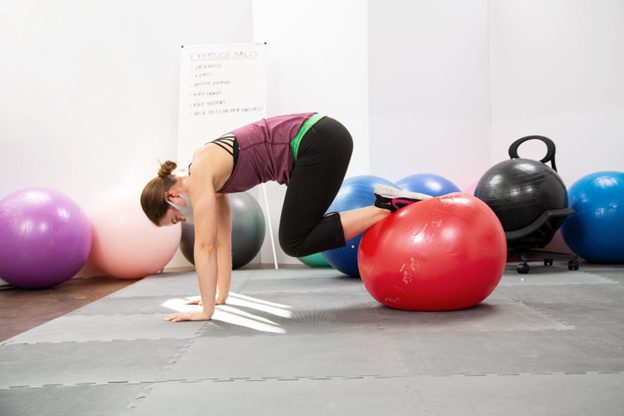
Engaging in regular physical activities that focus on improving balance, strength, and flexibility can significantly reduce the risk of falls, especially among older adults. Here are ten physical activities that can help enhance your stability and decrease the likelihood of falling:
Tai Chi: Tai Chi is a gentle, low-impact exercise that emphasizes slow, controlled movements and deep breathing. It improves balance, flexibility, and muscle strength.
Yoga: Yoga promotes balance, flexibility, and strength through a series of poses and stretches. It also enhances body awareness, which can be beneficial for fall prevention.
Strength Training: Strength training exercises, such as lifting weights or using resistance bands, can help build muscle mass and improve overall strength, reducing the risk of falls.
Aerobic Exercises: Engaging in regular aerobic activities like walking, jogging, or swimming can enhance cardiovascular fitness, endurance, and muscle coordination.
Pilates: Pilates focuses on core strength, flexibility, and posture. It can help improve balance and body control, reducing the risk of falls.
Dance: Dancing not only provides a fun way to stay active but also enhances balance, coordination, and muscle control. Ballroom dancing, for example, can be particularly effective.
Balance Exercises: Incorporate balance-specific exercises into your routine. These can include standing on one leg, walking heel-to-toe, or using a balance board.
Water Aerobics: Water aerobics is a low-impact exercise that takes place in a pool. The buoyancy of the water reduces the risk of injury while promoting strength and balance.
Hiking: If you enjoy the outdoors, hiking is an excellent way to build lower body strength and improve balance on uneven terrain. Make sure to choose suitable trails based on your fitness level.
Fall Prevention Classes: Many communities offer specialized fall prevention classes that incorporate a combination of exercises and education. These classes can be tailored to the specific needs of older adults.
Tip #2: Check Medications
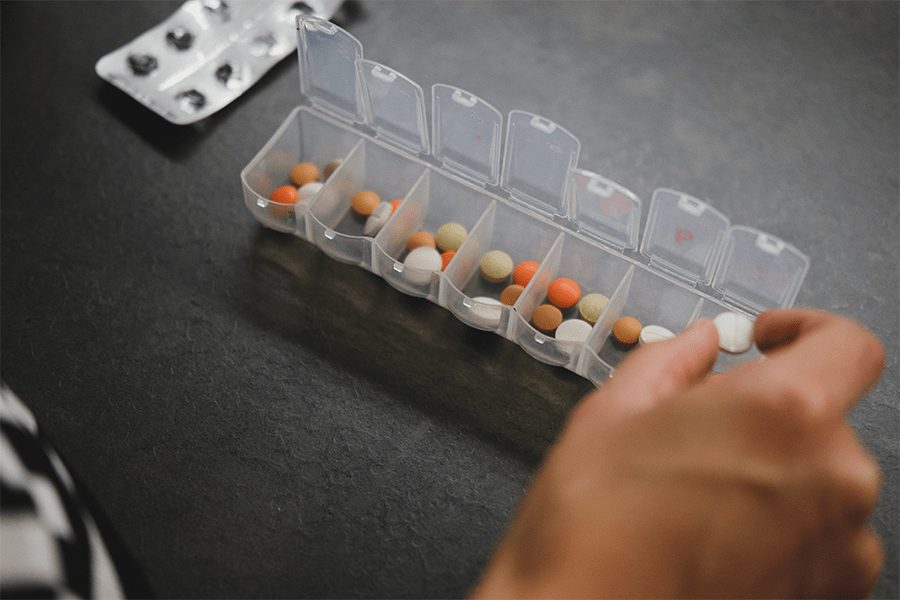
Certain medications can cause dizziness or unsteadiness. Review your medications with your healthcare provider to identify any that may increase your fall risk. Adjustments can be made if necessary.
Tip #3: Keep Your Home Safe
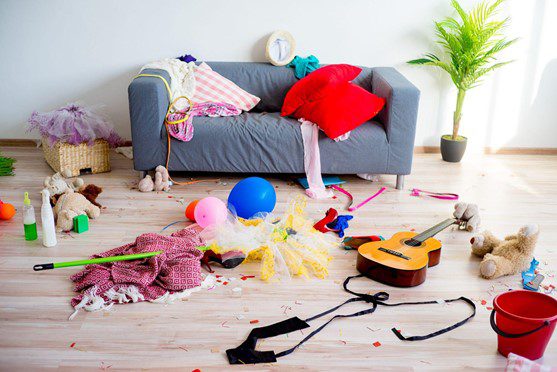
Remove Clutter: Clear walkways and living spaces of clutter, including loose rugs, cords, and unnecessary furniture. Ensure that pathways are wide and free of obstacles to prevent tripping hazards.
Secure Rugs and Carpets: Use non-slip mats or double-sided tape to secure rugs and carpets firmly to the floor. This prevents them from shifting and causing you to slip or trip.
Improve Lighting: Adequate lighting is essential for preventing falls. Install brighter or motion-activated lighting in hallways, staircases, and other high-traffic areas. Consider nightlights for bedrooms and bathrooms to help navigate in the dark.
Install Handrails and Grab Bars: Install handrails on both sides of staircases and grab bars in the bathroom near the toilet and in the shower or bathtub. These provide essential support when moving around the home.
Bathroom Safety Modifications: The bathroom is a common location for falls. Install non-slip mats in the shower or bathtub, use a shower chair or bench if needed, and ensure that the bathroom floor stays dry. A raised toilet seat with handrails can also make getting on and off the toilet safer
Tip #4: Use Assistive Devices
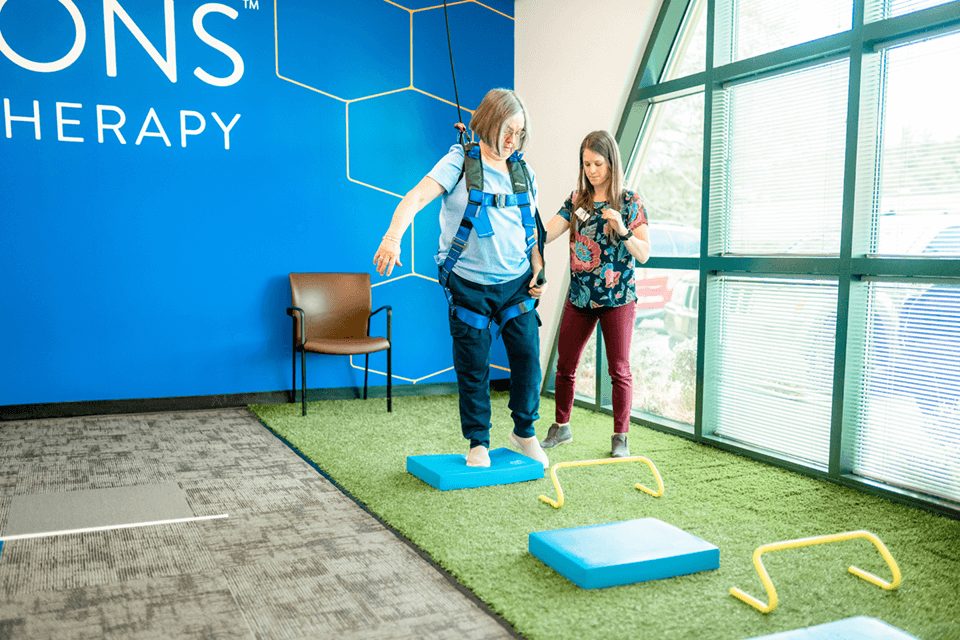
Assistive devices can play a crucial role in fall prevention, especially for individuals with mobility issues or those at higher risk of falling. Here are five assistive devices that can help enhance safety and reduce the risk of falls:
Canes: Canes provide additional support and stability while walking. They are particularly useful for those with balance or mobility issues in one leg or on one side of the body. Make sure to choose the appropriate type of cane (e.g., single-point cane, quad cane) based on your specific needs.
Walkers: Walkers are more substantial assistive devices that provide substantial support for individuals with limited mobility or those who require additional stability. They come in various styles, including standard walkers with four legs and wheeled walkers for easier movement.
Wheelchairs and Mobility Scooters: For individuals with severe mobility limitations, wheelchairs and mobility scooters offer increased independence and safety. These devices can be especially useful for outdoor activities or longer distances.
Fall Detection Devices: Fall detection devices, often worn as pendants or wristbands, can automatically alert caregivers or emergency services in the event of a fall. These devices use motion sensors to detect falls and provide immediate assistance, which can be especially valuable for individuals living alone.
Overhead Track & Harness Systems: Overhead track systems like the Solo-Step Ceiling Mounted Track System provide protection from falls during physical therapy and rehabilitation. The patient is connected to an aluminum ceiling mounted track system by harness and lanyard. The patient can perform various activities without the possibility of falling. Some benefits of the Solo-Step Overhead Track System includes:
- Increase in confidence during physical therapy
- Decrease in fear of falling
- Decreased risk of falling and/or injuries
- Ability to safely perform more advanced exercises
- Creates a safe environment for balance, strength, and gait training
Click the button below to learn more about the Solo-Step Overhead Track System!
Tip #5: Fall-Proof Your Routine
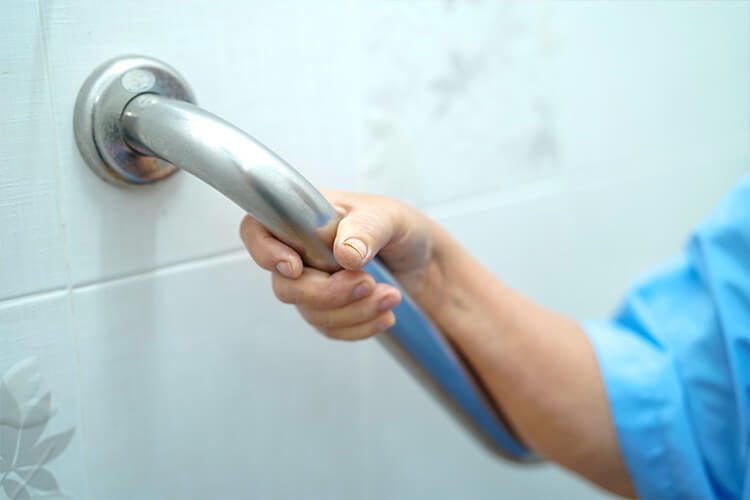
When doing daily tasks like reaching for items on high shelves, use a step stool with a handrail for extra support. Always be cautious when getting in and out of vehicles, and hold on to handrails when using stairs or escalators.
Tip #6: Maintain a Healthy Diet

Eating a balanced diet rich in calcium and vitamin D can help strengthen bones and reduce the risk of fractures in case of a fall. Consult your healthcare provider for dietary recommendations tailored to your needs.
Tip #7: Stay Mindful and Engaged

Being aware of your surroundings and potential hazards is essential. Pay attention to changes in your balance and mobility and take appropriate measures to address any concerns. Engage in mental and social activities to stay mentally sharp and emotionally balanced.
Tip #8: Stay Hydrated
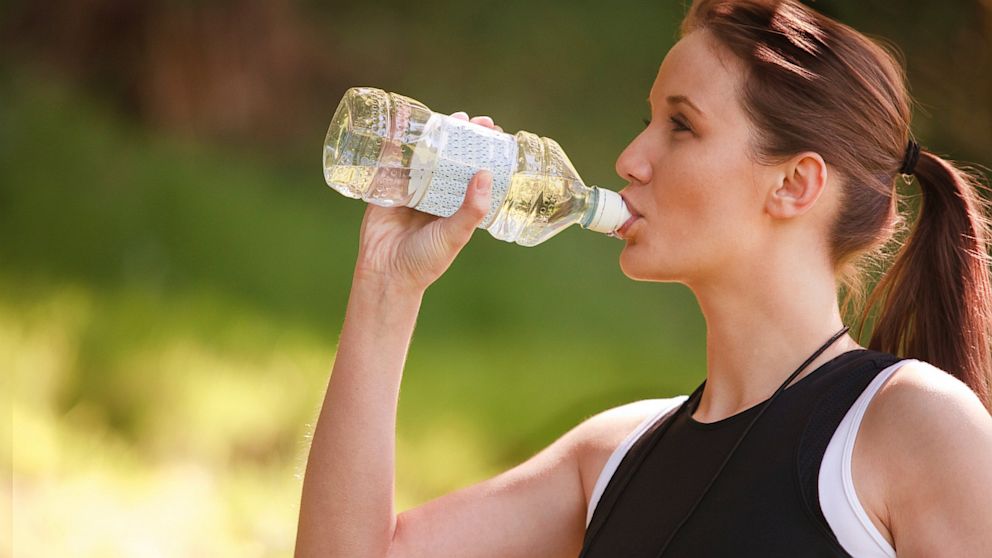
Dehydration can lead to dizziness and fainting spells. Make sure to drink enough water throughout the day to maintain proper hydration.
Tip #9: Wear Sensible Footwear
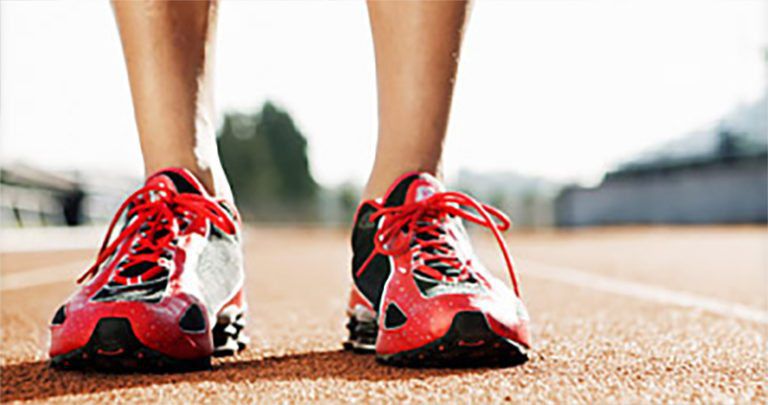
Choose shoes with good traction and proper support, avoiding high heels or slippery soles. Proper footwear can significantly reduce the risk of tripping or slipping.
Tip #10: Regular Vision Checks
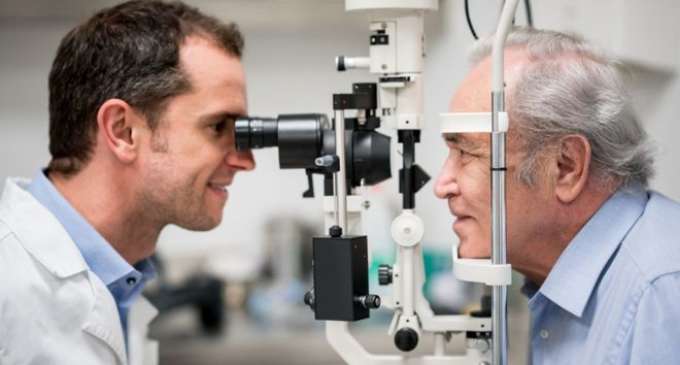
Poor vision can make it challenging to navigate your surroundings safely. Schedule regular eye exams to ensure your prescription is up-to-date and that you have clear vision.
Falls are not an inevitable part of aging, and by following these ten tips, you can significantly reduce your risk and stay safe. Remember that prevention is key, and taking proactive steps to create a safe environment, maintain physical and mental health, and stay vigilant will help you enjoy a healthier, more active life free from the fear of falls. Don’t hesitate to seek advice from healthcare professionals or specialists if you have specific concerns about fall prevention or need personalized guidance.
For more blogs related to fall prevention, click the button below!